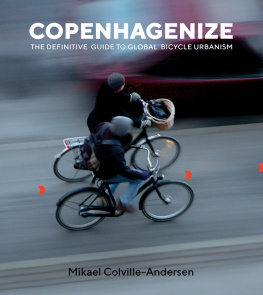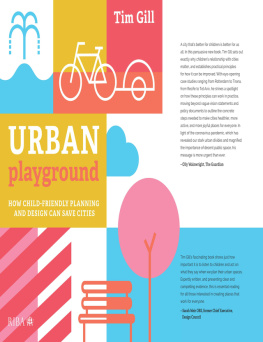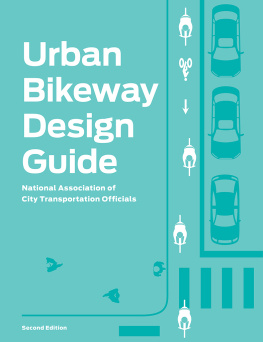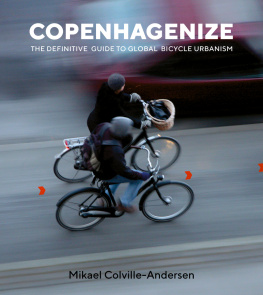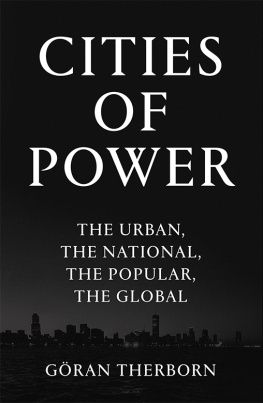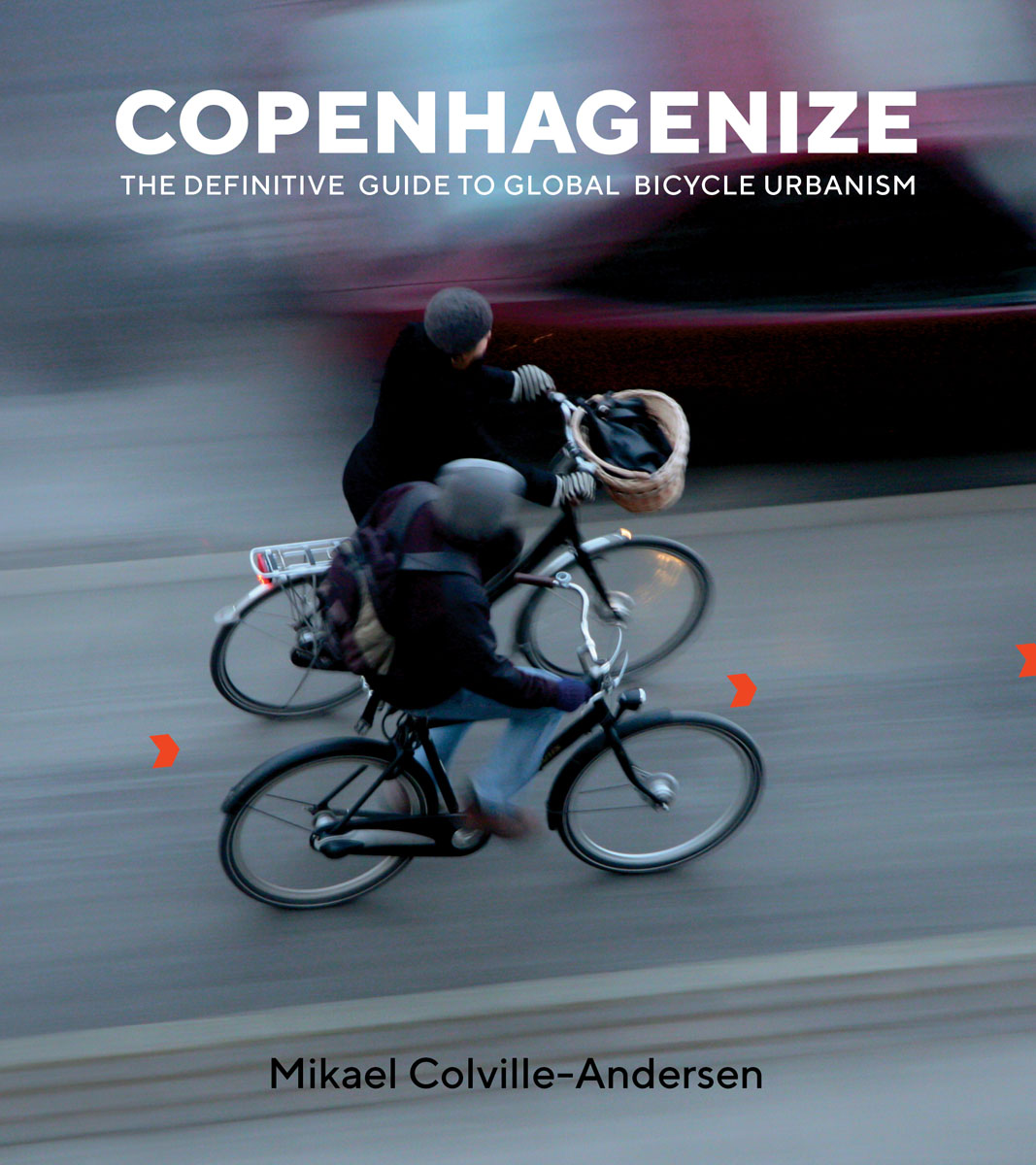
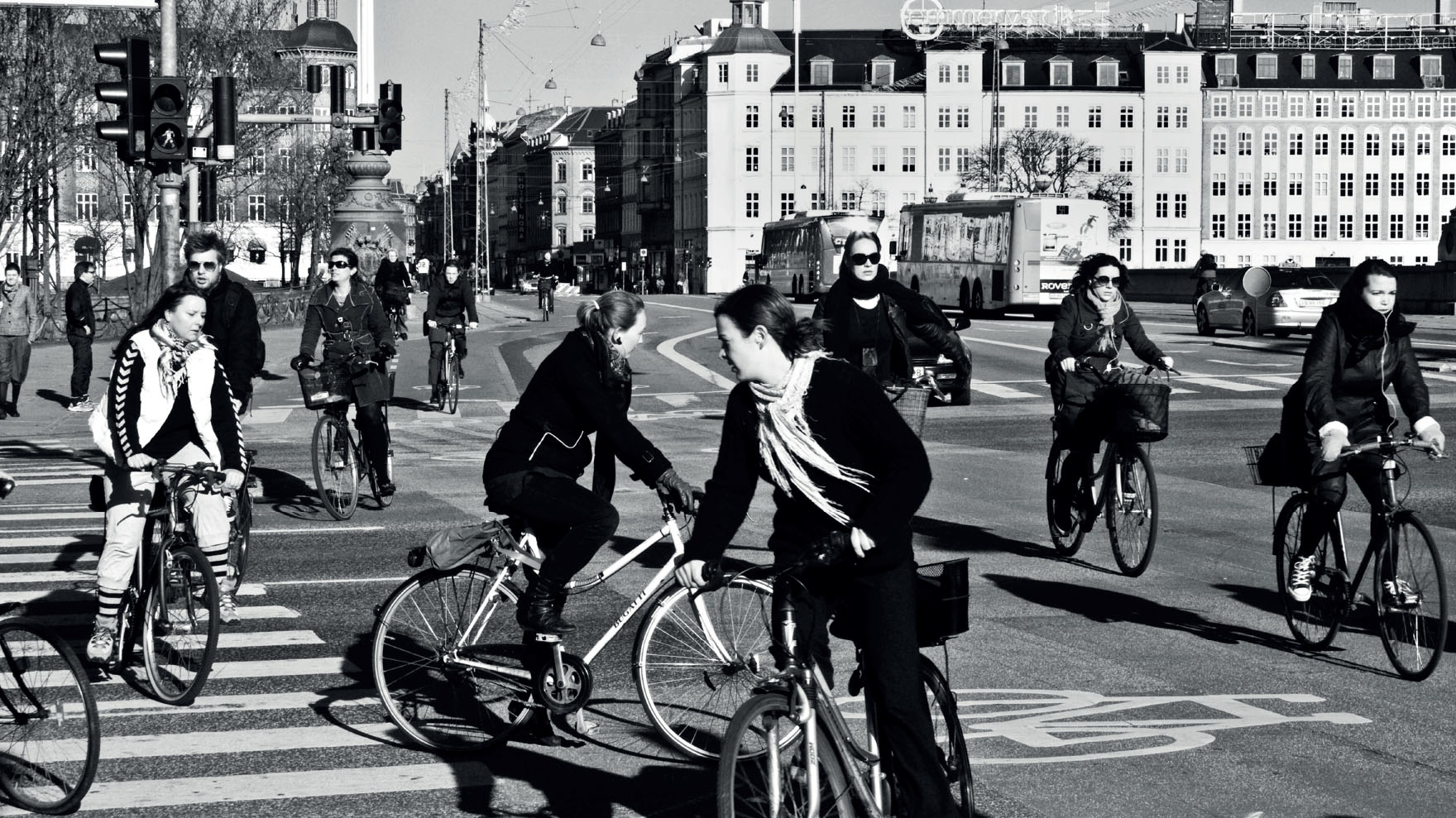
About Island Press
Since 1984, the nonprofit organization Island Press has been stimulating, shaping, and communicating ideas that are essential for solving environmental problems worldwide. With more than 1,000 titles in print and some 30 new releases each year, we are the nations leading publisher on environmental issues. We identify innovative thinkers and emerging trends in the environmental field. We work with world-renowned experts and authors to develop cross-disciplinary solutions to environmental challenges.
Island Press designs and executes educational campaigns, in conjunction with our authors, to communicate their critical messages in print, in person, and online usingthe latesttechnologies, innovative programs, and the media. Our goal is to reach targeted audiencesscientists, policy makers, environmental advocates, urban planners, the media, and concerned citizenswith information that can be used to create the framework for long-term ecological health and human well-being.
Island Press gratefully acknowledges major support from The Bobolink Foundation, Caldera Foundation, The Curtis and Edith Munson Foundation, The Forrest C. and Frances H. Lattner Foundation, The JPB Foundation, The Kresge Foundation, The Summit Charitable Foundation, Inc., and many other generous organizations and individuals.
The opinions expressed in this book are those of the author(s) and do not necessarily reflect the views of our supporters.

Island Press mission is to provide the best ideas and information to those seeking to understand and protect the environment and create solutions to its complex problems. Click here to get our newsletter for the latest news on authors, events, and free book giveaways. Get our app for Android and iOS .

Copyright 2018 Mikael Colville-Andersen
All photos and illustrations by Mikael Colville-Andersen unless otherwise indicated.
Editorial Design & Art Direction by Christina Steinmayr and Lorenz Siegel.
All rights reserved under International and Pan-American Copyright Conventions. No part of this book may be reproduced in any form or by any means without permission in writing from the publisher: Island Press, 2000 M Street NW, Suite 650, Washington, DC 20036
Island Press is a trademark of The Center for Resource Economics.
Library of Congress Control Number: 2018931245
All Island Press books are printed on environmentally responsible materials.
Manufactured in the United States of America
10 9 8 7 6 5 4 3 2 1
Keywords: A2Bism, arrogance of space, bidirectional bike lane, bicycle urbanism, bike lane, bike superhighway, bus stop, climaphobia, contra-flow bike lane, desire lines, infrastructure design, intermodal, life-sized city, protected bike lane, sharrow, urban design
I wish to thank the many members of my team at Copenhagenize Design Company for their support and help in writing this book. In particular, Michael Wexler, James Thoem, Stephanie Patto, and Darcy Miller. Thanks to Lorenz Siegel and Christina Steinmayr for their amazing design and layout. In addition, a warm thankyou to so many people in my network around the world for their support and encouragement.
FOR MY CHILDREN, FELIX AND LULU-SOPHIA.
AND FOR RILEY, MY INSPIRATION.
Contents
Introduction
I have spent the past decade staring intently at urban cyclists in cities around the world and closely examining the role of the humble bicycle on the urban landscape and in the finely woven social fabric. All of the thoughts and observations that have welled up through that time have reached a critical mass, and this book, I suppose, is the vessel into which they flow.
In picking up this book, you may have a hunch that Ill be discussing bicycles and bicycle urbanism, and rightly so. Nevertheless, I want to make sure that were on the same page before we begin.
Lets be clear from the get-go. This is a book about bikes, but its also about urbanization. Its about how we possess the ability to move a lot of people through cities and to effectively reestablish the bicycle as a respected, accepted, and feasible transport formall while making money off of the investment.
In many culturesnot least in North Americathe bicycle is still sadly misunderstood. It remains a tolerated tag-along in the resplendent urbanism parade. Instead, I will build a pedestal for the bicycle as transport to stand upon, in order to accelerate the understanding of its role in the life-sized city and the transport equation, as well as to drive home once and for all the importance of best-practice infrastructure.
The global bicycle boom has been underway since 2007 and shows no sign of waning. The bicycle is returning as transport in our cities after an absence, in many places, of decades. We have entered into an exciting urban age of rediscovery, but there remains a lack of understanding, be it macro or micro, about the role of bicycle urbanism in our cities as both transport and as a social cohesive. It is high time we fixed that by presenting a clear and definitive guide to the hows and whys of embracing an urban future that includes the bicycle as the key tool for transport, design, planning, and social development. I firmly believe that the bicycle is the single most important tool in our urban toolbox for improving our cities. We need to ensure that as many people as possible are in the loop about how to use it efficiently.
Living in Copenhagenthe City of Cyclistshas offered me a solid pedestal from which I have been able to regard other cities. Through my work I have cycled in over 65 cities around the world, rolling effortlessly along gold-standard infrastructure but also navigating bizarre bike lanes and the worst asphalt imaginable. Studying and analyzing the designs and how they work or dont work. Observing the people cycling in a city and how they interact with the infrastructure or lack thereof, as well as all the amazing anthropological details and transport psychology relating to urban cycling.
Since I am the author of a book about urban cycling and bicycle urbanism, it may come as a surprise that I am not a cyclist. Perhaps quotation marks are in order: cyclist. I dont identify in any way, shape, or form as one. I am just a modern city dweller who just happens to use a bicycle to get around because it is safe and efficient. Ill explore further along why citizens of Copenhagenincluding myselfoverwhelmingly choose the bicycle as transport, but for now it is important to establish that baseline.
When I leave my apartment to go to the bakery, I suppose I become a pedestrian if I walk, a motorist if I take a car, or a passenger if I take public transport. Likewise, I transform from being an apartment dweller to being a cyclist if I hop on my bike. For purposes of gathering data, we get sorted into these categories. Fair enough. The very word cyclist, however, has strong connotations in many parts of the world. If I am talking to someone in a bar in America and I say I am a cyclist, images will invariably appear in their head of me decked out in spandex, helmet, and clicky shoes, out for a long ride somewhere or trying to beat my record for speed or distance. In Denmark, we use the word
Next page
